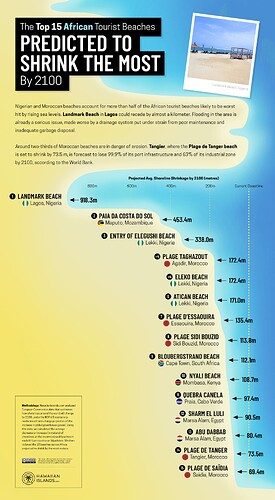Heat waves grip three continents
Punishing heat waves in Europe, North America and Asia broke records in cities around the Northern Hemisphere less than two weeks after the Earth recorded what scientists said were most likely its hottest days in modern history.
The temperatures, afflicting so much of the world all at once, were a withering reminder that climate change is a global crisis, driven by human-made forces: the emissions of heat-trapping gases, mainly caused by the burning of fossil fuels. The return of El Niño, a cyclical weather pattern, is also having wide-ranging effects on weather around the world.
The planet has warmed about two degrees Fahrenheit since the 19th century and will continue to grow hotter until humans essentially stop burning coal, oil and gas, scientists say. The higher temperatures contribute to extreme weather events and help make periods of extreme heat more frequent, longer and more intense.
In Europe: Officials in many cities have introduced cooling stations. And mindful of the danger — more than 61,000 people died in last summer’s heat waves, according to a recent study — they have urged visitors and residents alike to stay indoors during the day’s hottest hours. Low-income workers are particularly vulnerable.
Danger zone: The heat index in Iran reached 152 degrees Fahrenheit in recent days, near the limits of what healthy humans can normally withstand.
